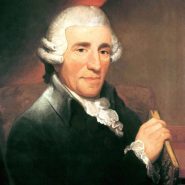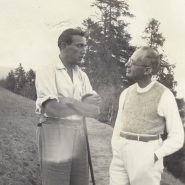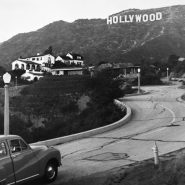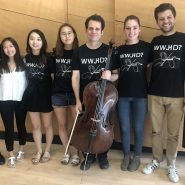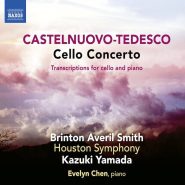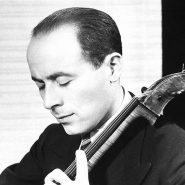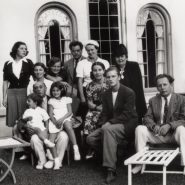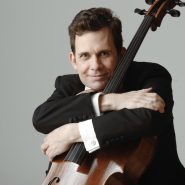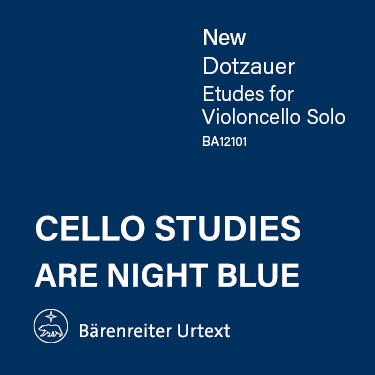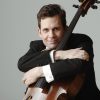
Author: Brinton Smith
Hailed by Newsday for “extraordinary musicianship…forceful, sophisticated and entirely in the spirit of the music,” cellist Brinton Smith continues to win rave reviews for virtuosic performances with musical ideals rooted in the golden age of string playing. His debut recording of Miklós Rózsa’s Cello Concerto with the New Zealand Symphony Orchestra won widespread international critical acclaim, with Gramophone praising Smith as a “hugely eloquent, impassioned soloist,” and his recording of chamber music of Fauré with Gil Shaham was chosen by numerous critics as one of the year’s best albums. As a chamber musician, he has collaborated with Yo-Yo Ma, Gil Shaham, Cho-Liang Lin, Lynn Harrell, Sarah Chang, Dawn Upshaw and members of the Beaux Arts Trio and the Guarneri, Emerson, Juilliard, Cleveland, and Berg quartets. Mr. Smith is the principal cellist of the Houston Symphony and a faculty member of the Shepherd School of Music at Rice University. He was previously a member of the New York Philharmonic and the principal cellist of the San Diego and Fort Worth symphonies. His performances have been broadcast throughout the world including, in the US, on CBS Sunday Morning and NPR’s Performance Today and Symphonycast. At age 10, Mr. Smith was admitted part-time to Arizona State University, studying mathematics, music and German, and he completed a B.A. in mathematics at age 17. He received his masters and doctoral degrees from Juilliard, studying with renown cellist Zara Nelsova and writing on the playing of Emanuel Feuermann.
By Brinton Smith March 24, 2020
Subjects Historical, Repertoire
Tags korngold, Piatagorsky, Rosza
By Brinton Smith March 15, 2020
By Brinton Smith September 4, 2019
Subjects Artistic Vision
By Brinton Smith June 13, 2018
Subjects Repertoire
By Brinton Smith May 18, 2018
By Brinton Smith January 4, 2018
By Brinton Smith April 12, 2017
